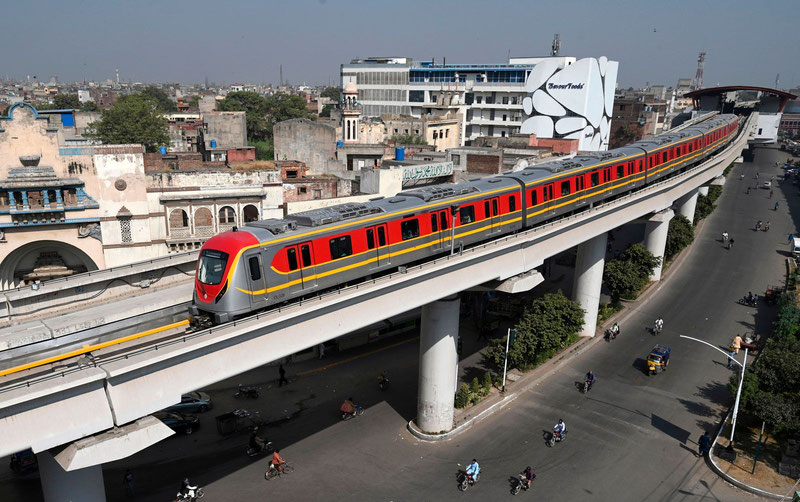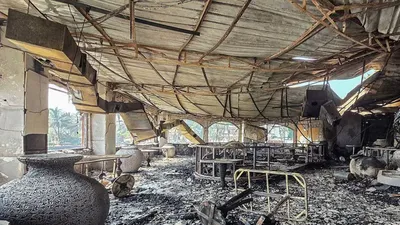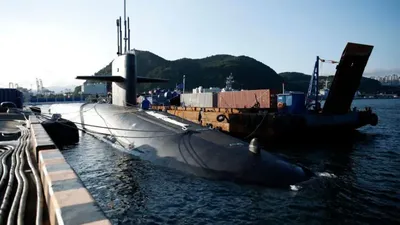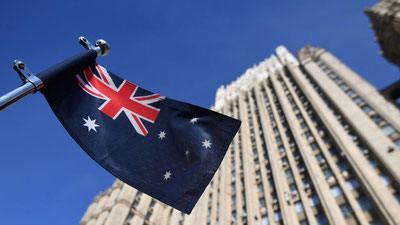During Prime Minister Shehbaz Sharif’s visit to China in early September, the two sides launched what is being described as CPEC 2.0. The updated framework shifts attention from large-scale infrastructure to sectors aimed at sustainable development and industrial modernization.
The original CPEC, valued at around $62 billion, was designed to connect China’s Xinjiang region with Pakistan’s Gwadar Port through a network of roads, railways, pipelines, and energy projects. Over the past decade, Pakistan reportedly received about $25 billion in direct Chinese investment.
Among the key projects of the initial phase was the Main Line-1 (ML-1) railway upgrade — a $6.8 billion plan to modernize the country’s main railway corridor from Karachi to Peshawar. The initiative was expected to enhance Pakistan’s transport capacity and strengthen its role as a regional transit hub.
However, changing economic realities and security concerns have led both sides to review the scale and structure of cooperation. According to reports, Pakistan is currently seeking multilateral financing for sections of the ML-1 project, with the Asian Development Bank (ADB) exploring possible participation.
Chinese companies have faced challenges related to delayed payments in Pakistan’s power sector, while Islamabad has been balancing its external debt obligations and negotiations with international financial institutions. These factors, alongside global economic headwinds, have contributed to a more cautious Chinese investment approach.
At the same time, security issues have posed risks to workers and facilities linked to CPEC. Several incidents in recent years have targeted Chinese nationals and project sites, underscoring the need for enhanced protective measures.
Despite these adjustments, both governments continue to describe the CPEC as a cornerstone of bilateral relations. Prime Minister Shehbaz Sharif has reaffirmed China’s role as Pakistan’s “trusted partner,” emphasizing the importance of ensuring timely implementation of ongoing projects.
Faced with delayed loan repayments and ongoing security concerns related to Chinese nationals working in Pakistan, Beijing is now adjusting its involvement in key China–Pakistan Economic Corridor projects. In its new avatar, CPEC 2.0, signed when Pakistan Prime Minister Shehbaz Sharif visited China in early September, is concentrated on projects in agriculture, electric vehicles, solar energy, health and steel; a far cry from the headline-grabbing investments in infrastructure the control of which would have allowed China a strategic foothold in Pakistan.






